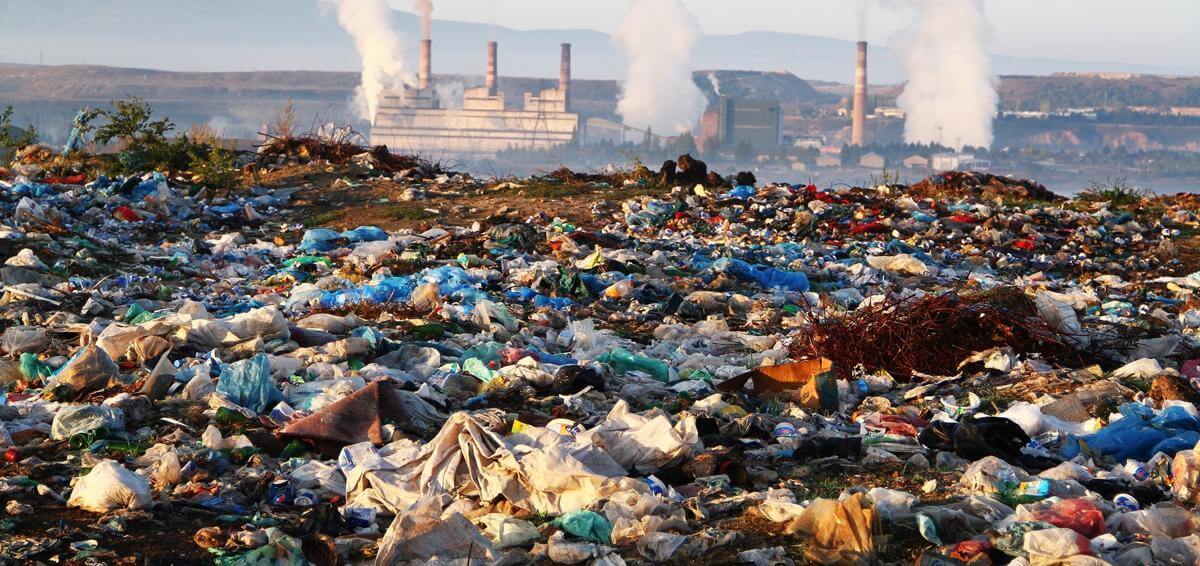Causes
Some of the main causes are:
- Industrial waste from factories
- Agricultural runoff from pesticides and fertilizers
- Plastic waste and improper disposal
Contamination is among the top sources from industrial
processes, mining, and manufacturing. Heavy metals, petrochemicals,
and hazardous waste are dumped in factories, which remain on the
soil for years. Moreover, mining operations are also extremely
polluting, releasing toxic tailings, acid mine drainage, and metal
residues surrounding land (Zhang & Wang, 2020). These pollutants end
up on nearby soil, contaminating it and leaving it incapable of
being used for agriculture through wind erosion and water leaching.
Another major contributor is
agriculture, which
relies heavily on pesticides, fertilizers, and agrochemicals. While
these substances increase crop yield, they also leave residues that
change the soil composition, kill beneficial organisms, and add
toxins to the food chain. In addition, herbicides
and insecticides also persist in the environment, contaminating soil
and water sources (Tindwa & Singh, 2023). As a result, this problem
is expected to get worse as the global demand for chemical products,
primarily chemicals used in farming is expected to double between
2017 and 2030.
Improper waste disposal and plastic pollution
further contribute to soil contamination.An additional threat is from
microplastics, which mainly originate from synthetic textiles,
plastic waste, and sewage sludge. It is estimated that across Europe
alone, the soil is contaminated with an estimated 31,000–42,000 tons
of microplastics, which interfere with plant growth and alter water
retention (Lofty et al., 2022). In addition to landfills and illegal
dumping sites, the decomposing waste releases pollutants that spread
through the soil (FAO & UNEP, 2021).
